This podcast found in:
- Raw RecipesRaw Recipes Index
- MoreGoodies, About, Praise + More
- StoreApps, Courses + More
- CelebrateSeasonal Suggestions
- New To Raw?Start Here
- WellnessCreating Healthy Habits
- CommunityRawtarian Community
Hello Beautiful!
It looks like you're new to The Rawtarian Community. If you'd like to get involved, click one of these buttons!
Login to Community Signup for an account Login using FacebookTrending Community Recipes
Latest in the Community Forum
- Community









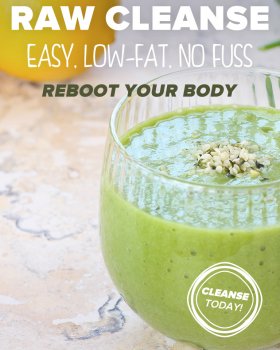












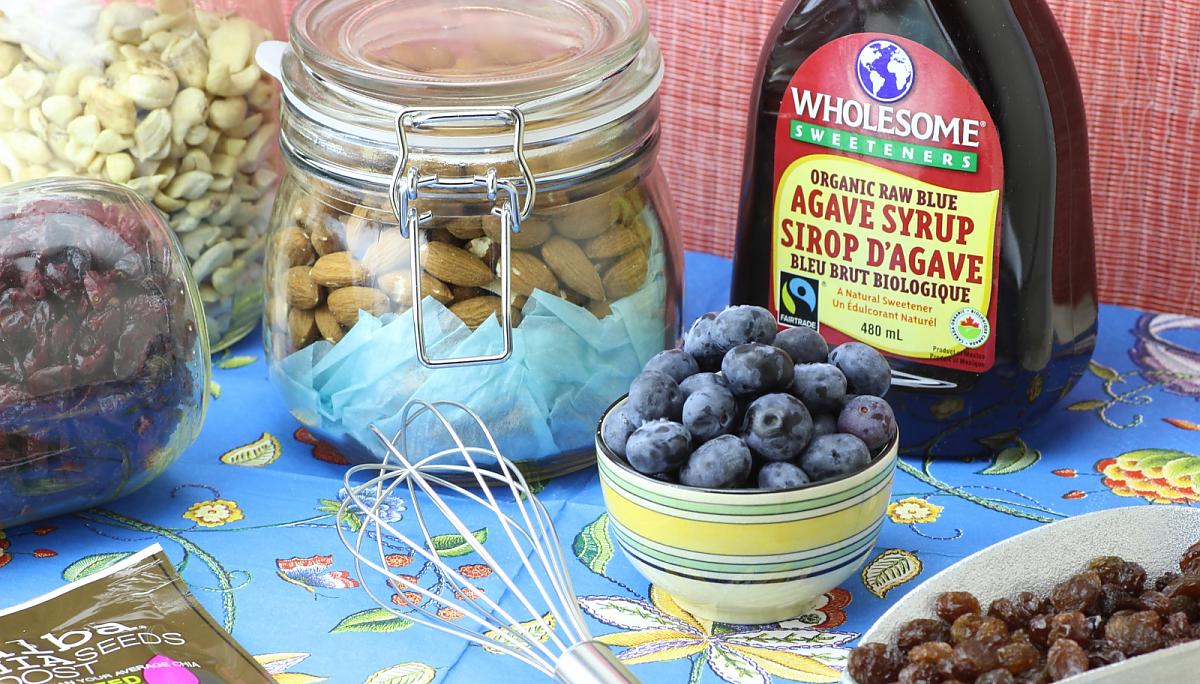
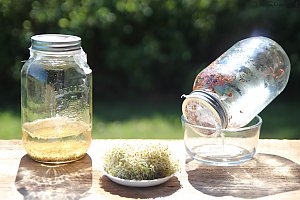
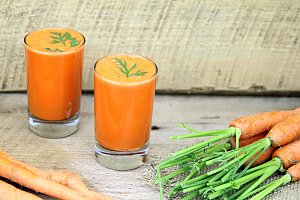


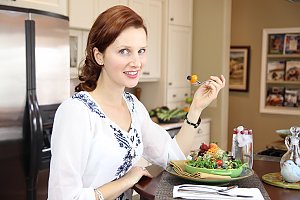
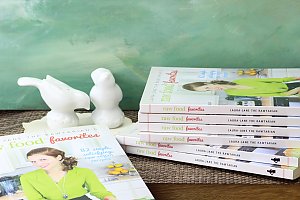
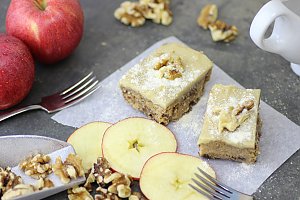


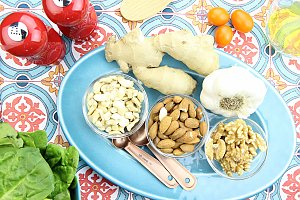

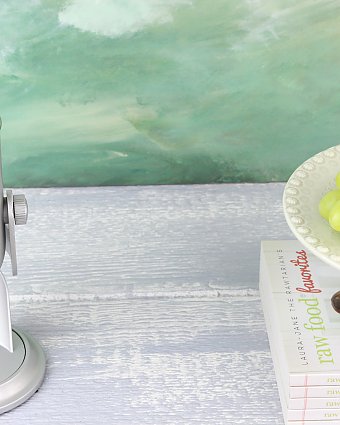
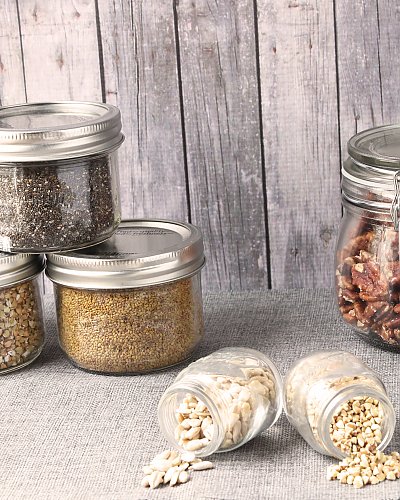
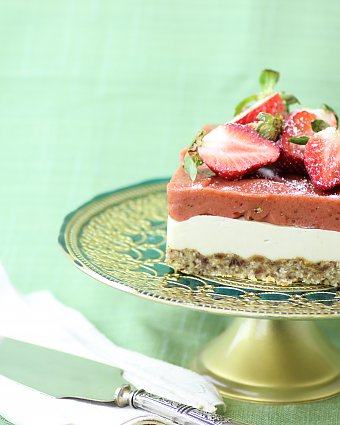
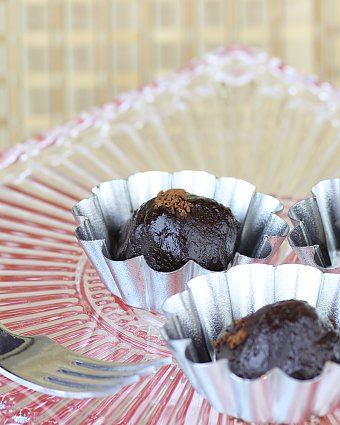






















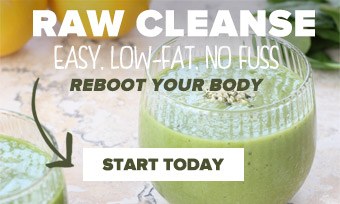
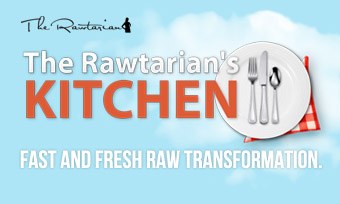
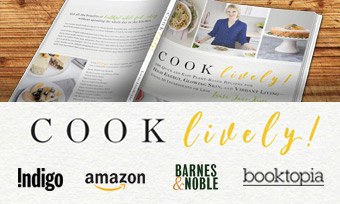
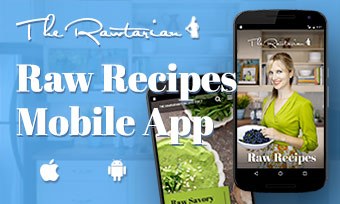



Comments
Top voted
The Rawtarian
Dec 07, 2015
I will keep an eye out for the cocos syrup, thanks for the suggestion Nina!
The Rawtarian
Nov 26, 2015
Hi Nina! I've never used cocos, but date syrup or date paste are great sweeteners too!
Nina
Nov 26, 2015
And how about cocos or date syrup??
All
Nina
Nov 26, 2015
And how about cocos or date syrup??
The Rawtarian
Nov 26, 2015
Hi Nina! I've never used cocos, but date syrup or date paste are great sweeteners too!
Nina
Nov 27, 2015
Hii! :)
Thank you for your reply.
I don´t know if you can easy find cocos syrup, but if you can, you should try it. It is really delicious.
Btw, I am new hier and i am in love with your recipes. Thanks for share.
The Rawtarian
Dec 07, 2015
I will keep an eye out for the cocos syrup, thanks for the suggestion Nina!
Leave a Comment